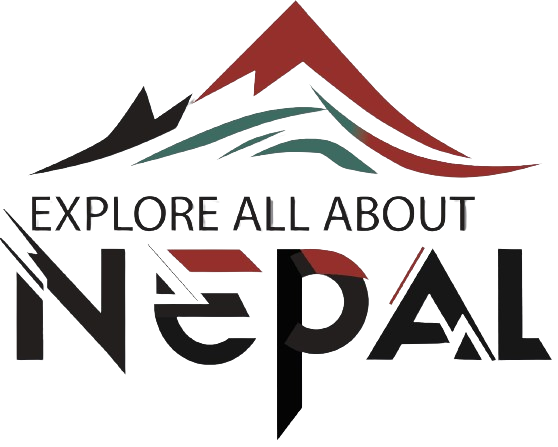Nepal, a land of breathtaking landscapes, towering mountains, and rich cultural heritage, is a dream destination for travelers around the world. However, the experience you get largely depends on the time of year you visit. The weather, the festivals, the crowds—all these factors play a significant role in shaping your journey. So, when is the best time to travel to Nepal? This blog will guide you through the seasonal changes in Nepal, helping you plan your trip for the perfect time.
Nepal is not just another destination; it’s an experience that stays with you long after you’ve returned home. Whether you’re seeking adventure in the form of trekking through rugged mountain paths, peace in the tranquil monasteries nestled in the hills, or cultural enrichment in the vibrant cities, timing your visit right can make all the difference. In this guide, we’ll break down each season, its unique offerings, and how it affects your travel experience, ensuring that your trip to know the best time to travel to Nepal.

Understanding Nepal’s Climate
Nepal’s climate is as diverse as its geography. From the hot, humid plains of the Terai to the chilly peaks of the Himalayas, the weather can vary significantly depending on where you are in the country. Nepal experiences four distinct seasons: Spring, Summer/Monsoon, Autumn, and Winter, each bringing its charm and challenges.
- Terai Region: This southern part of Nepal is characterized by a subtropical climate, with hot summers and mild winters. It’s the gateway to Nepal’s famous national parks, like Chitwan and Bardia. This region is perfect for wildlife enthusiasts, but the best time to visit is crucial to maximize your chances of spotting the exotic animals that call this place home.

- Hill Region: Encompassing cities like Kathmandu and Pokhara, the Hill region enjoys a moderate climate, making it a popular destination year-round. The rich cultural heritage, combined with the breathtaking landscapes, makes this region a must-visit, no matter the season.

- Mountain Region: Home to the Himalayas, this region experiences cold weather throughout the year, with snow at higher altitudes. It’s the region for trekkers and mountaineers. Here, the majestic peaks of the world’s highest mountains are your playground, but knowing when to go is essential for both safety and enjoyment.

Understanding these regions and their climates will help you decide the best time to travel to Nepal based on your interests and what you want to experience.
Seasonal Breakdown: The Best Time to Travel to Nepal
Spring (March to May)
Spring in Nepal is a time of renewal. As the winter chill fades away, the hills and valleys come alive with blooming rhododendrons and other wildflowers. The weather is mild, with temperatures ranging from 16°C to 23°C in Kathmandu and Pokhara, making it one of the most comfortable times to explore Nepal.
Spring is arguably one of the most visually stunning times to visit Nepal. The air is filled with the sweet scent of flowers, and the landscapes are painted with vibrant colors. For those who appreciate nature, this is an ideal time to witness Nepal’s biodiversity at its peak. Imagine trekking through a forest where the trees are bursting with flowers, and the distant snow-capped mountains provide a perfect backdrop. It is also the best time to travel to Nepal and explore Nepal.
Activities:
- Trekking: Spring is one of the best times to tackle Nepal’s famous trekking routes, such as the Annapurna Circuit and the Everest Base Camp trek. The clear skies and pleasant weather make for perfect trekking conditions. There’s something incredibly special about trekking during this time, as the trails are adorned with blooming rhododendrons, and you’re likely to encounter fewer crowds compared to the autumn season.
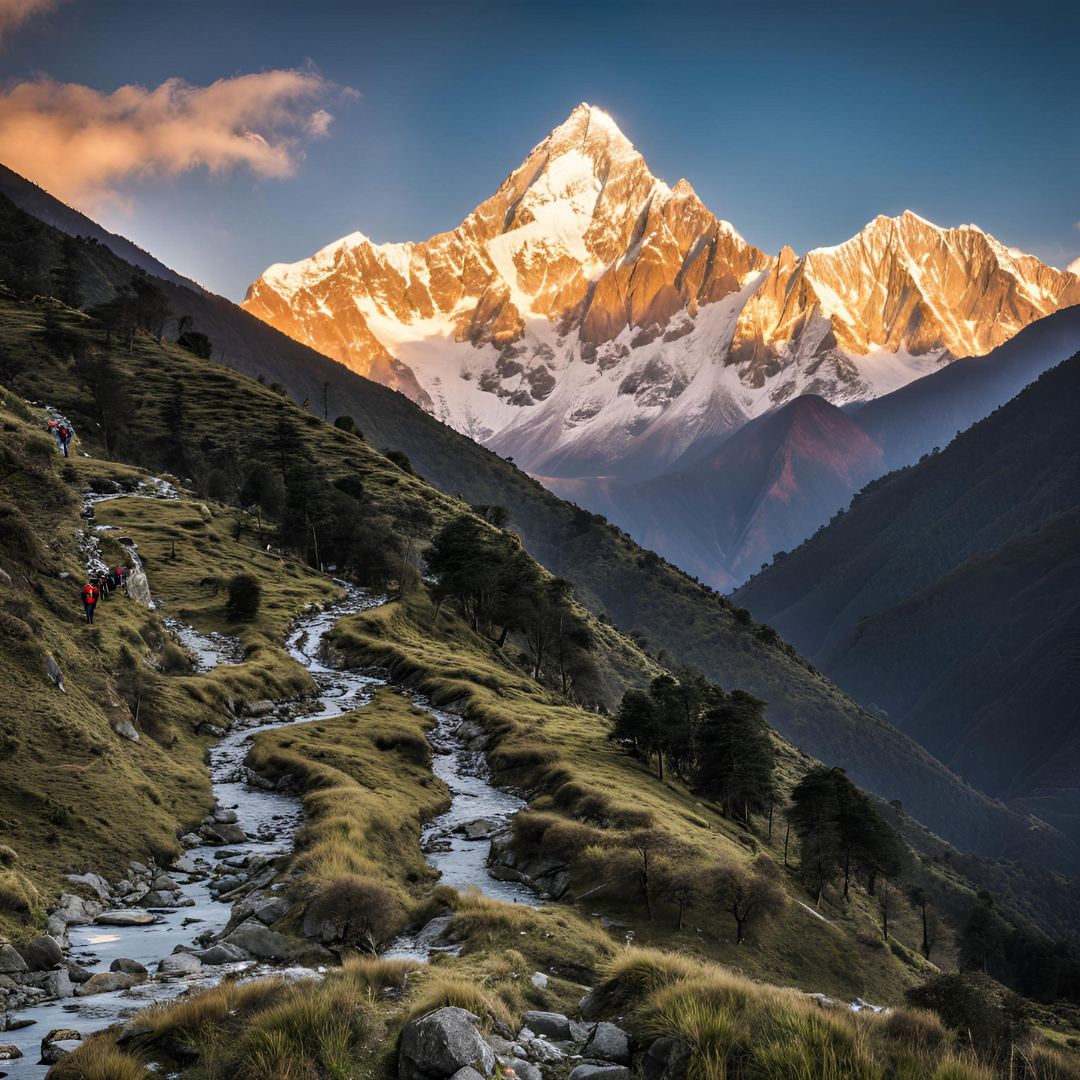
- Festivals: The Holi festival, known as the festival of colors, takes place in March and is celebrated with great enthusiasm across the country. Participating in Holi in Nepal is a joyous experience filled with laughter, colors, and a sense of unity. It’s a celebration that embodies the spirit of Nepal—vibrant, inclusive, and full of life.

Spring is also an excellent time for paragliding in Pokhara, rafting in the Trishuli River, and exploring the cultural heritage of Kathmandu Valley. For wildlife lovers, this season provides excellent opportunities to visit national parks like Chitwan, where you can see a variety of animals, including the elusive Bengal tiger and the one-horned rhinoceros.
Summer/Monsoon (June to August)
The summer months in Nepal coincide with the monsoon season, bringing heavy rainfall, especially in the Hill and Terai regions. While the rains rejuvenate the landscape, turning everything lush and green, they also bring challenges such as landslides and slippery trails.
The monsoon season is a double-edged sword. On one hand, it breathes new life into the land, turning the entire country into a lush paradise. On the other hand, it can make travel a bit more challenging. But if you’re someone who loves the sound of rain and the smell of wet earth, this could be the perfect time for you.
Activities:
- Trekking: The high humidity and frequent downpours make trekking more difficult, but for those who enjoy solitude, this is a less crowded time to visit popular trails. The trails during monsoon are less crowded, giving you the chance to experience Nepal’s raw beauty in peace. The lush green landscapes, mist-covered mountains, and the thrill of navigating through challenging conditions make it a unique experience.

- Cultural Tours: Despite the rain, summer is a great time to explore Nepal’s rich culture. The Rato Machhindranath Jatra in Patan and the Gai Jatra festival in Kathmandu are vibrant events worth experiencing. The monsoon adds a certain charm to these festivals, with the rain enhancing the vibrancy of the colors and the intensity of the celebrations.

For travelers who don’t mind getting a bit wet, the monsoon season offers a unique, lush perspective of Nepal’s landscapes. However, it’s essential to plan carefully and be prepared for potential weather-related disruptions. If you’re an adventurous soul who doesn’t shy away from challenges, the monsoon might just be the perfect time for you to explore Nepal.
Autumn (September to November)
Autumn is widely regarded as the best time to travel to Nepal. The monsoon rains have cleared the skies, leaving behind crisp air and panoramic mountain views. Temperatures are comfortable, ranging from 15°C to 24°C in the Hill region, and the landscapes are at their most vibrant.
Autumn in Nepal is nothing short of magical. The air is fresh, the skies are clear, and the mountains stand tall in all their glory. This is the season when Nepal truly shines, attracting travelers from all over the world.
Activities:
- Trekking: This is the peak trekking season in Nepal. The clear skies offer stunning views of the Himalayas, and the moderate temperatures make trekking comfortable. Popular routes like the Annapurna Base Camp and the Everest Base Camp trek are at their best. The trails are bustling with trekkers from all over the world, creating a vibrant, communal atmosphere that adds to the experience.

- Festivals: Autumn is also the season of festivals in Nepal. Dashain, the biggest festival in the country, is celebrated with grandeur in October, followed by Tihar, the festival of lights. These festivals offer a deep dive into Nepali culture, traditions, and the warm hospitality of its people.

Autumn is perfect for all types of travelers, whether you’re looking to trek, explore cultural sites, or simply enjoy the natural beauty of Nepal. The weather is ideal, the landscapes are breathtaking, and the cultural experiences are vibrant.
Winter (December to February)
Winter in Nepal brings cooler temperatures, especially in the Mountain region, where snow is common. However, the Hill region, including Kathmandu and Pokhara, experiences mild winters, with daytime temperatures ranging from 9°C to 17°C.
Winter best time to travel to Nepal. The crowds have thinned out, the air is crisp, and the landscapes are serene. For those who prefer a quieter, more introspective travel experience, winter might just be the best time to visit.
Activities:
- Trekking: While high-altitude treks become more challenging due to snow, lower-altitude treks like the Ghorepani Poon Hill trek remain accessible and offer stunning views. The sight of snow-capped mountains against a clear blue sky is something that will stay with you forever.

- Cultural Exploration: Winter is a quieter time for cultural exploration, with fewer tourists, allowing for a more intimate experience. Visiting temples, monasteries, and historical sites during this time allows you to explore at your own pace, without the usual hustle and bustle.
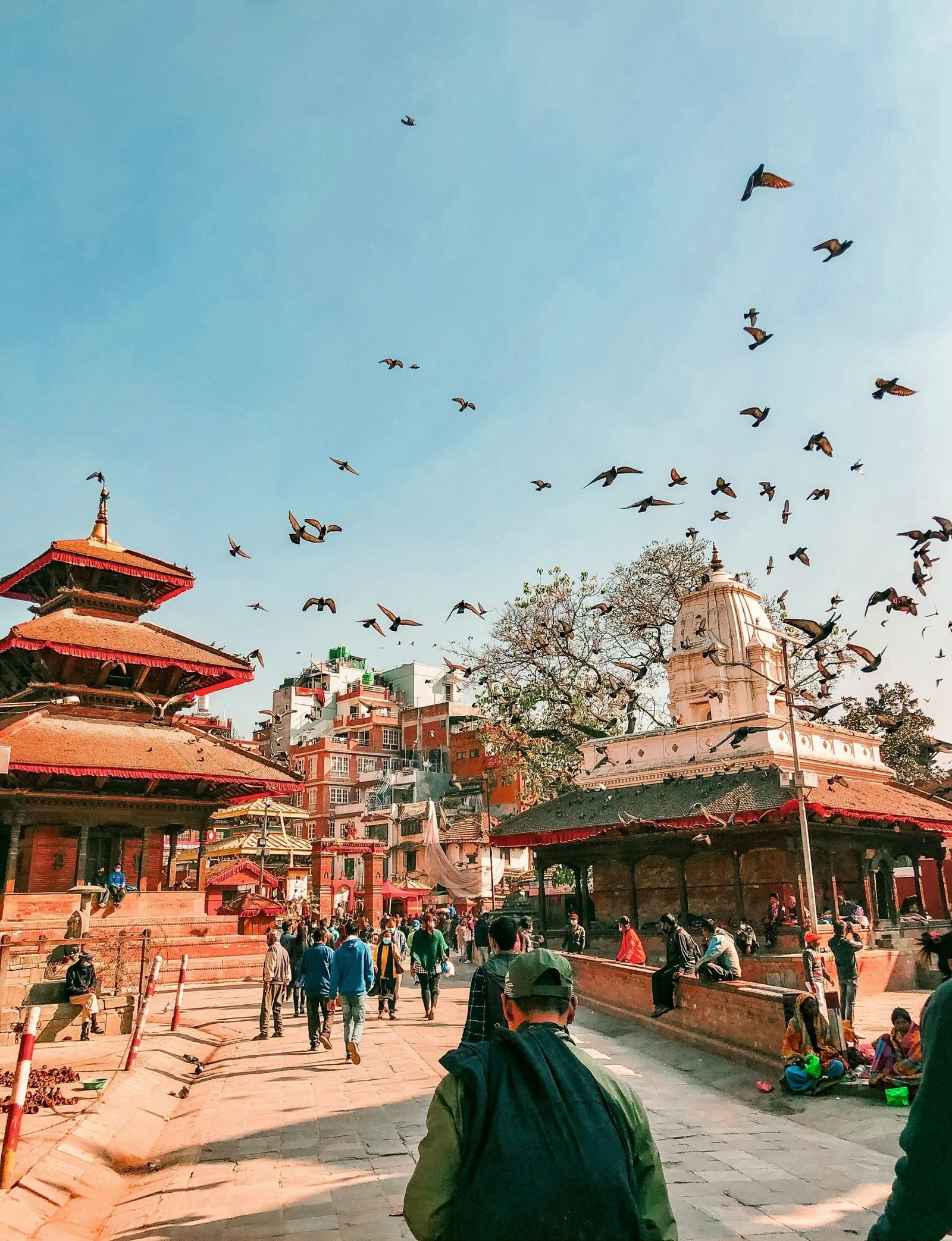
Winter is ideal for travelers who prefer fewer crowds and are prepared for cooler weather. It’s also a great time for those interested in cultural tourism, as many of Nepal’s historical sites are less crowded. Imagine wandering through ancient temples and bustling markets, with the crisp winter air adding a touch of magic to your explorations.
Choosing the Best Time to Travel to Nepal Based on Your Interests
Nepal offers something for every type of traveler, and the best time to visit depends largely on what you want to experience.
For Trekking Enthusiasts:
- Best Time: Spring and Autumn are the best seasons for trekking. The weather is perfect, and the trails offer spectacular views.
- Popular Routes: Everest Base Camp, Annapurna Circuit, Langtang Valley. During these times, the trails are at their best, with clear skies, comfortable temperatures, and vibrant natural beauty.
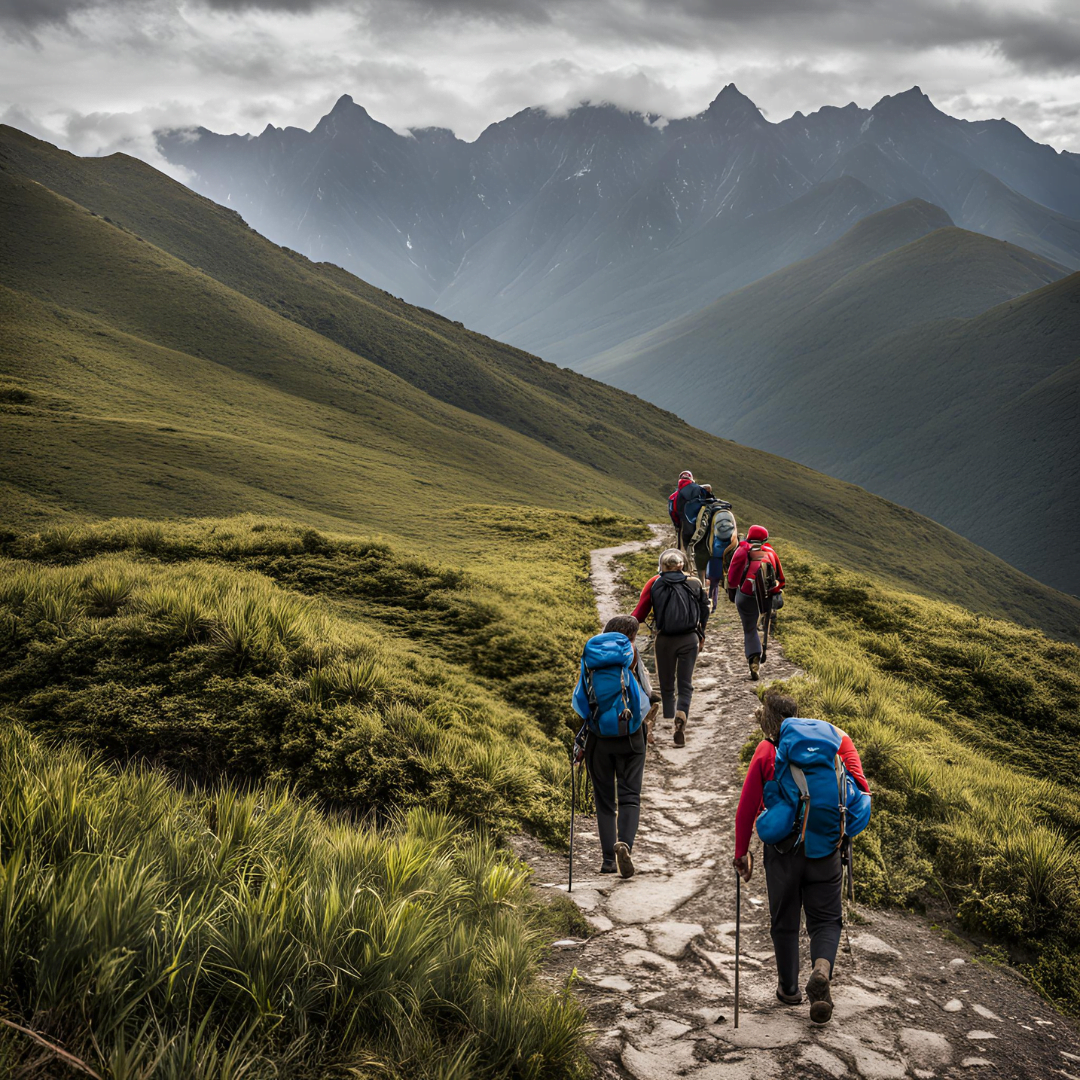
For Cultural Explorers:
- Best Time: Autumn and Winter. These seasons are packed with festivals and provide a quieter, more intimate cultural experience. The cooler weather also makes exploring cities and cultural sites more comfortable.
- Must-See Festivals: Dashain, Tihar, Holi. These festivals offer a unique insight into the cultural richness of Nepal, with each one offering a different experience that reflects the diversity of Nepali society.
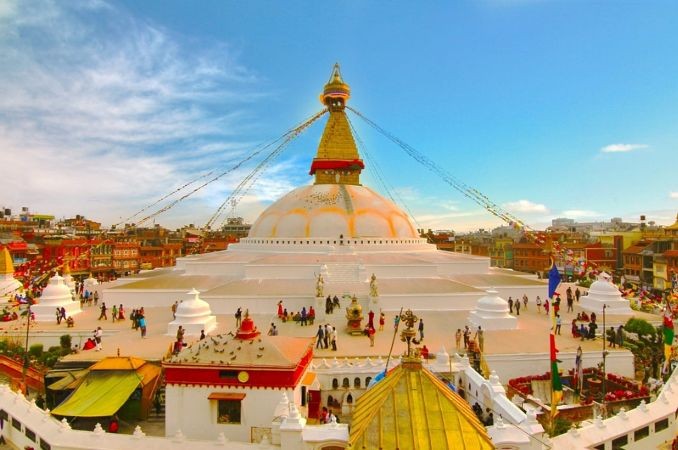
For Wildlife Lovers:
- Best Time: Winter and Spring. The cooler temperatures in the Terai region make it the perfect time to visit national parks.
- Top Spots: Chitwan National Park, Bardia National Park. During these seasons, the wildlife is more active, and the chances of spotting rare animals are higher.

For Adventure Seekers:
- Best Time: Spring and Autumn. These seasons are ideal for paragliding, rafting, and other adventure sports.
- Top Activities: Paragliding in Pokhara, White Water Rafting in Trishuli, and Bungee Jumping in Bhote Koshi. These activities offer a rush of adrenaline, set against the stunning backdrop of Nepal’s natural beauty.

Planning a trip to Nepal is exciting, but it can also be overwhelming. That’s why we’re here to help! At ExploreAllAboutNepal, we provide comprehensive guides, tips, and resources to make your travel planning easy and enjoyable. Whether you’re a first-time visitor or a seasoned traveler, our free guides offer all the information you need to make the most of your trip to Nepal.
From detailed trekking guides to insider tips on cultural experiences, ExploreAllAboutNepal is your go-to resource for everything related to Nepal. Our website is designed to cater to the needs of every traveler, ensuring that your journey is as smooth and enjoyable as possible. So, why wait? Visit ExploreAllAboutNepal today and start planning the adventure of a lifetime.
Conclusion
In conclusion, the best time to travel to Nepal depends on your interests and what you want to experience. Whether you’re drawn to the vibrant colors of spring, the clear skies of autumn, the lush landscapes of the monsoon, or the serene beauty of winter, Nepal has something to offer all year round.
Remember, the best time to travel to Nepal is when you feel the call of adventure. So, take the plunge, plan your trip, and immerse yourself in the beauty and culture of this incredible country. And don’t forget to visit ExploreAllAboutNepal for all the information you need to make your trip unforgettable.
